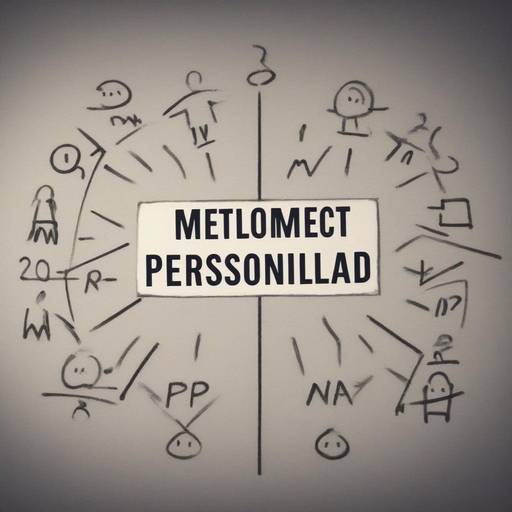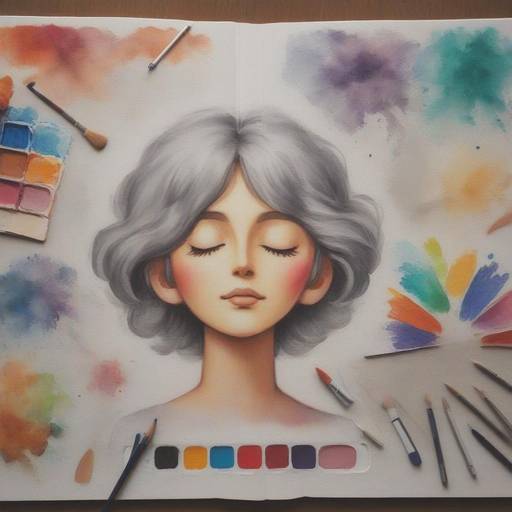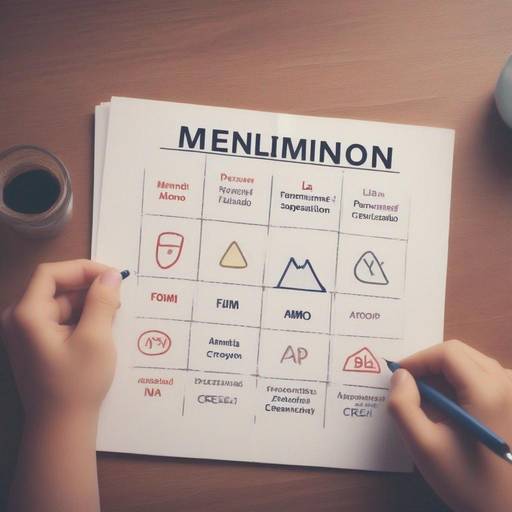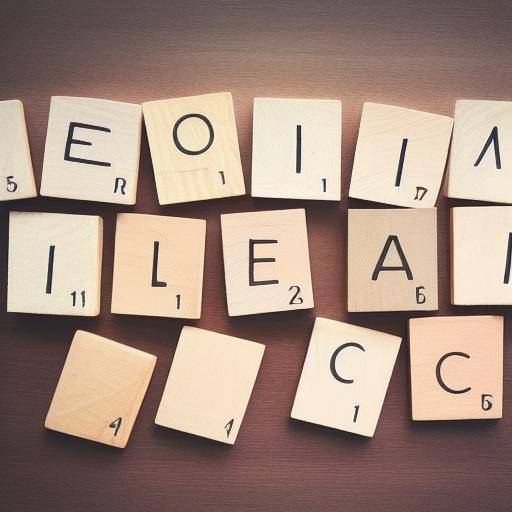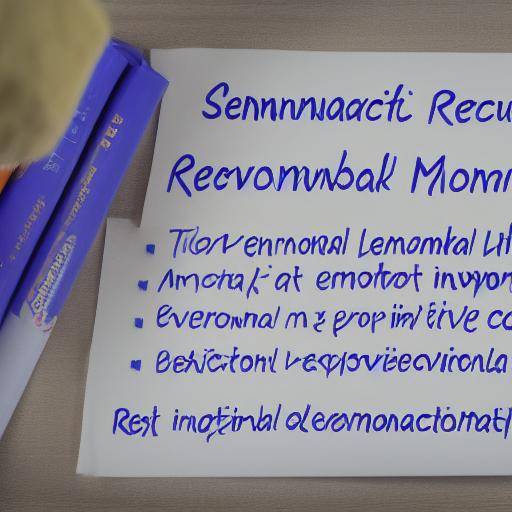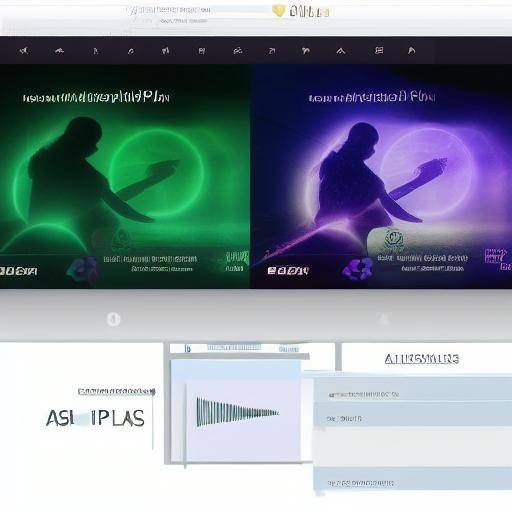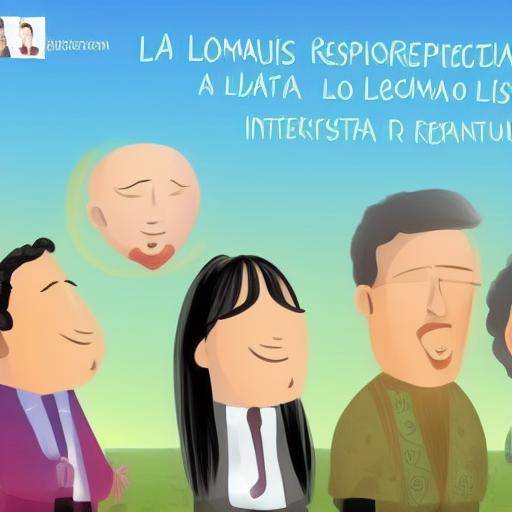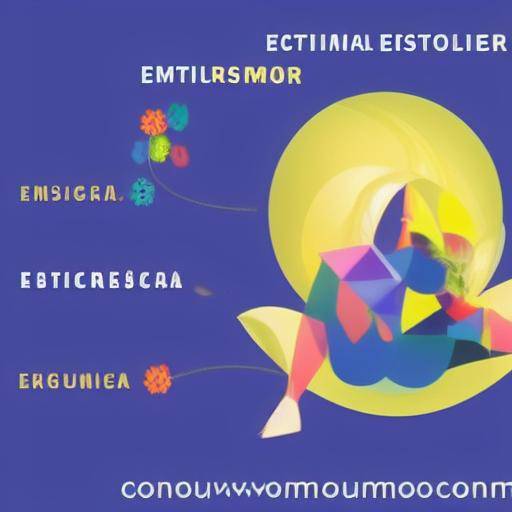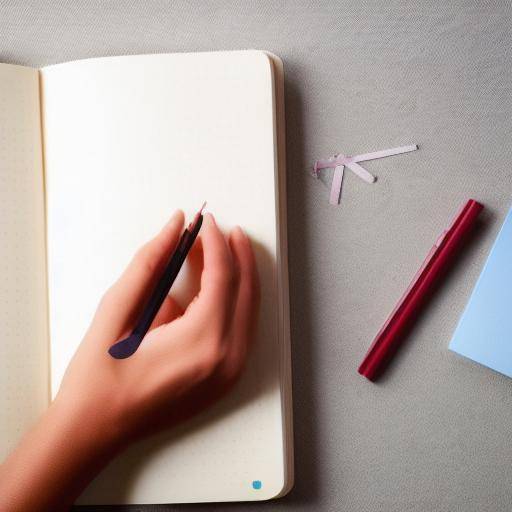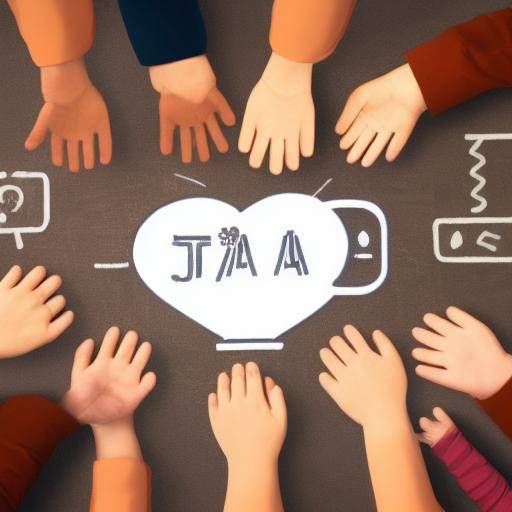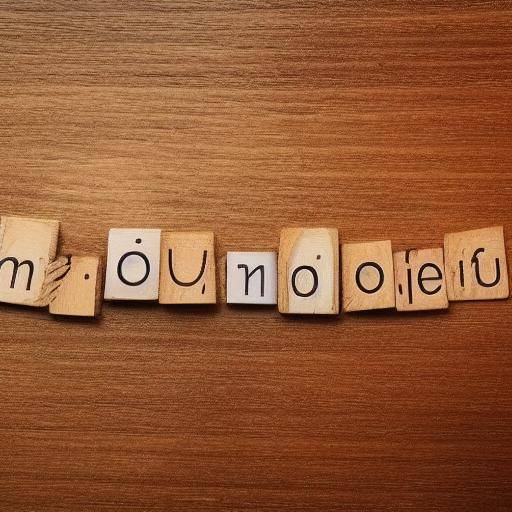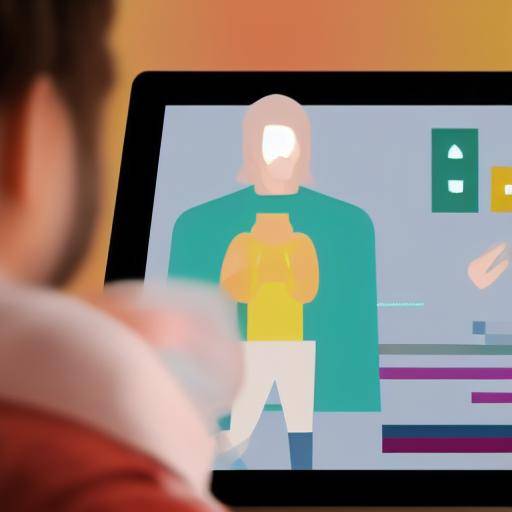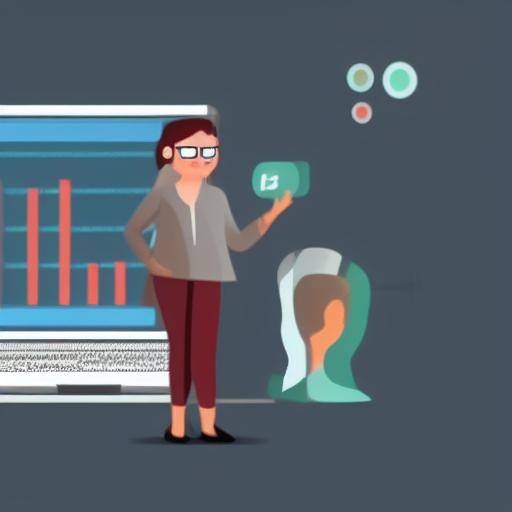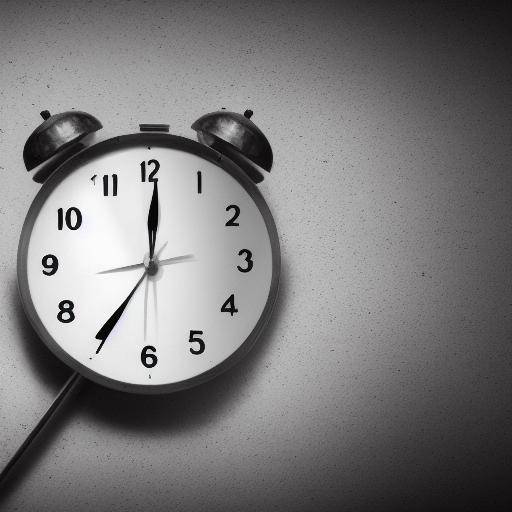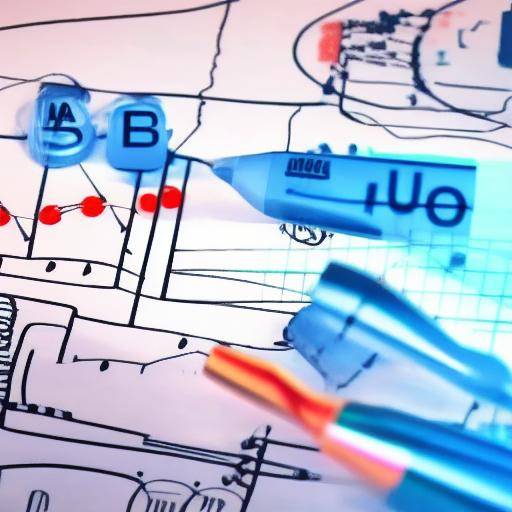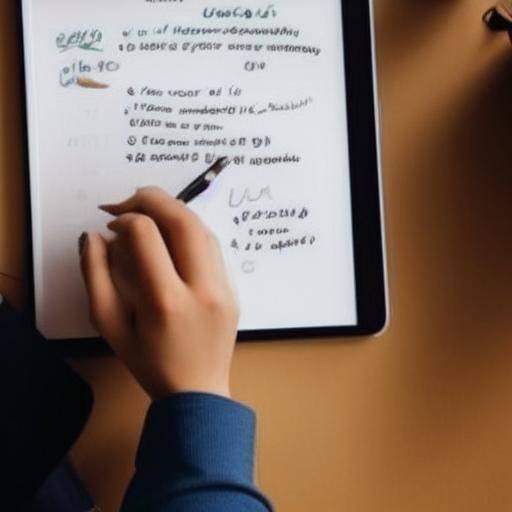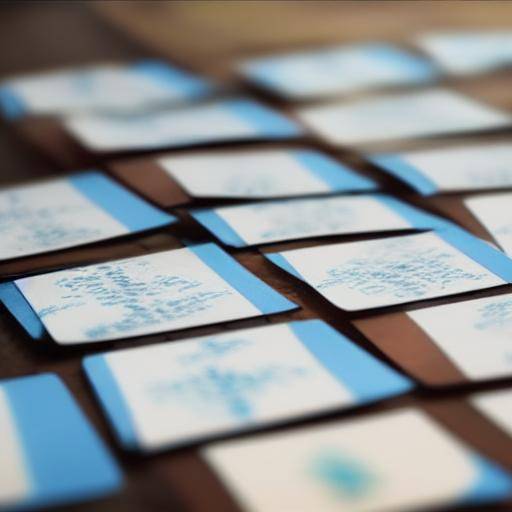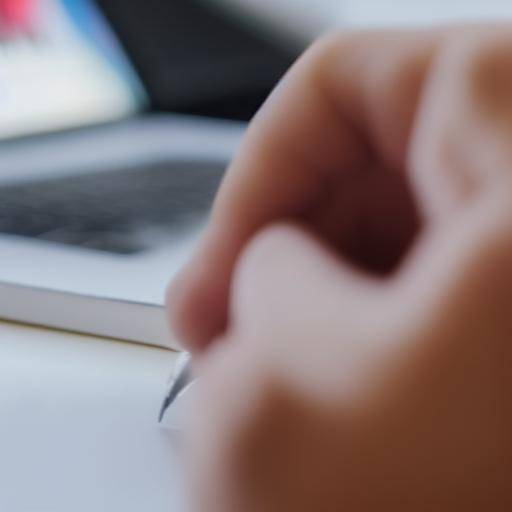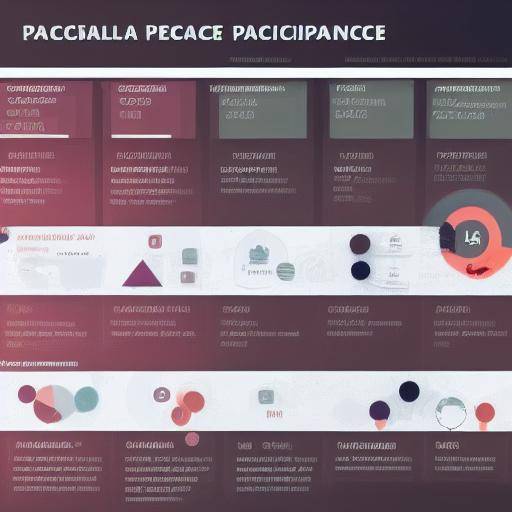
Visualization is a powerful tool that can help us develop patience and contribute to emotional well-being. In this article, we will explore in detail how visualization can positively impact our ability to be patients, as well as their influence on our overall emotional well-being. From its historical origins to future trends, we will discover how visualization and patience are intrinsically related and how we can use this practice to improve our quality of life.
Introduction
Patience is a virtue that is often associated with the ability to remain calm in difficult situations, to wait with peace and to keep the composure in times of adversity. However, developing patience is not always easy and can be a challenge for many people. The good news is that visualization can be an effective tool to cultivate this important quality.
In this article, we will explore in depth how visualization can be used as a technique to develop patience. From its history and background to future trends, we will analyze how visualization practice can significantly contribute to our emotional well-being and improve our ability to manage impatience and stress in our daily lives.
History and Background
Visualization, also known as guided imagination or creative visualization, has deep roots in various spiritual and cultural traditions, including meditation practices in Buddhism and yoga in Hinduism. These historical visualization techniques focused on the creation of mental images to achieve mental clarity, inner harmony and emotional balance.
Over the centuries, visualization has evolved and has been adopted by different disciplines, including psychology, coaching and cognitive-behavioral therapy. This wide acceptance has led to a deeper understanding of the benefits of visualization in the field of mental and emotional health.
Currently, visualization has become a key tool in personal development and emotional well-being, being used in therapeutic, sports and business contexts.
Deep analysis
By using visualization consistently, it has been observed that people can experience a number of significant benefits, both emotionally and cognitively. By visualizing scenarios that require patience, you can strengthen the ability to tolerate uncertainty, reduce anxiety and improve stress management.
The practice of visualization can also improve emotional self-consciousness, promote empathy and promote a sense of inner calm. This resulting calm can play a fundamental role in the development of patience, as it allows people to handle difficult situations with a more peaceful and balanced perspective.
Benefits of Visualization for Patience
- Stress reduction and anxiety
- Increased tolerance for frustration
- Improved emotional management
- Development of patience as a natural response
Comprehensive review
Visualization can be applied in a variety of scenarios to foster patience and emotional well-being. For example, in the working context, visualization can help professionals face stressful situations, deal with pressure and stay calm during moments of uncertainty. In the personal domain, visualization can be used to face challenges, resolve interpersonal conflicts and cultivate patience in child-raising.
In addition, the practice of visualization can be particularly useful for those seeking to strengthen their capacity to tolerate long-term wait, such as achieving long-term goals or developing complex projects. By visualizing the ultimate achievement and maintaining a patient attitude, people may feel more motivated and better prepared to face the obstacles on the way to their goals.
Conclusion
In conclusion, visualization can be a valuable tool for developing patience and fostering emotional well-being. By exploring the history, benefits and practical applications of visualization, we can appreciate its positive impact on our ability to be patient and face the challenges of everyday life with calm and emotional balance.
Frequently asked questions
1. How can I practice visualization to develop patience?
Viewing to develop patience involves creating mental images of situations that require tolerance and emotional balance. You can practice visualizing scenarios that challenge you to wait calmly and manage uncertainty.
2. How long should I spend on visualization to see results?
There is no specific time set, but consistency is key. Try to integrate visualization into your daily routine, dedicating at least a few minutes each day to practice this technique.
3. What role does patience play in emotional well-being?
Patience can contribute significantly to emotional well-being by reducing stress, improving emotional management and promoting a sense of inner calm. The ability to be patient can influence our way of facing the challenges and maintaining a positive attitude.
4. What is the difference between visualization and meditation?
While both practices may involve the use of imagination and concentration, meditation tends to focus on mindfulness and observation of thoughts, while visualization focuses on creating specific mental images to achieve a particular purpose, such as developing patience.
5. Are there situations in which visualization is not effective in developing patience?
The effectiveness of visualization can vary according to individual preferences and the willingness to engage with practice. Some people may find that other techniques, such as mindfulness meditation or physical exercise, are more appropriate to develop patience.
6. How can I integrate visualization into my daily routine?
You can integrate visualization at the beginning or at the end of the day, taking a few minutes to sit in a quiet place, close your eyes and visualize scenarios that challenge you to be patient. This can be especially useful as part of your morning routine or as a pause to disconnect at the end of the day.
By understanding the relationship between visualization, patience and emotional well-being, we can harness the power of this technique to promote a more balanced and harmonious life. With patience and practice, visualization can become an invaluable tool to strengthen our ability to face challenges with serenity and confidence.
Note: This article is intended for information purposes only and does not intend to replace professional advice. If you experience significant emotional difficulties, we recommend looking for the support of a qualified mental health professional.





